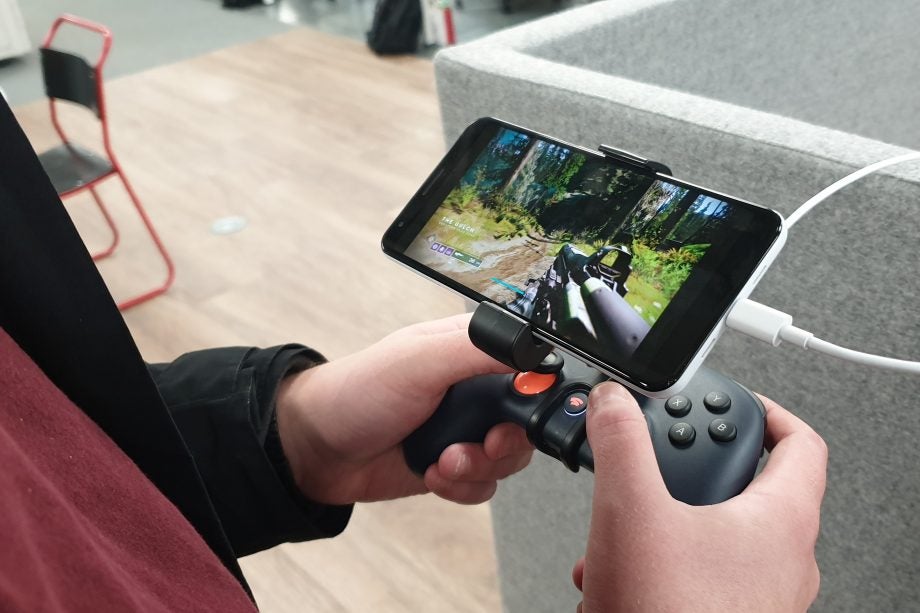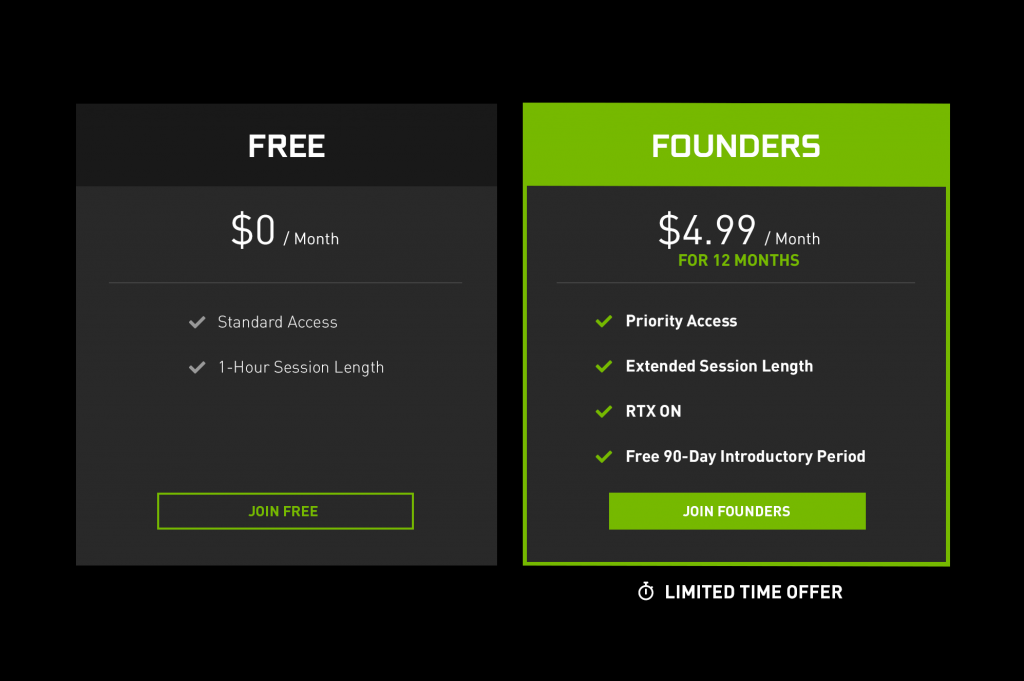Google Stadia vs Nvidia GeForce Now: Who’s the cream of the streams?

Google Stadia’s first genuine rival has arrived, as Nvidia has officially launched its GeForce Now cloud-streaming service.
There’s a lot of similarities between the two, both allowing subscribers to stream video games via an internet connection, leaving the specs of the hardware redundant. This means you don’t need a powerhouse gaming PC or console to play the latest and greatest games – just a decent internet connection.
There are also some major differences between Stadia and GeForce Now, making for an intriguing content. Google Stadia will sell you games directly while GeForce Now allows you to stream games you’ve purchased on storefronts – like Steam, Epic Games Store and EA Origin.
But which is the best cloud-streaming service for you? We’ve gone nitty gritty with the differences to find out, as we look into system requirements, subscription prices, game libraries and more.

Google Stadia vs Nvidia GeForce Now – Price
Nvidia GeForce Now has two subscription tiers, with the first being free to use and the Founders edition costing £4.99 per month. For the latter, you get priority access to Nvidia’s servers and up to six hours of continuous gaming until required to rejoin the server queue. RTX features such as ray tracing are also included in the paid-for subscription.
Meanwhile, the Stadia Pro subscription costs £8.99 per month, which enables resolutions up to 4K and 5.1 surround sound when played on TV You also get two free games every month.
The main sticking point here is that Google currently requires you to purchase the £119 Stadia Premiere Edition (which bags you a controllers and a Chromecast Ultra) to subscribe to the service.
Google has said it will also be offering a Stadia Base subscription tier at some point this year, which is free to use. This will limit the resolution to Full HD and sound to stereo, and doesn’t feature the monthly free games included with the Stadia Pro subscription.
Note that every subscription from both Nvidia and Google requires you to buy games separately, with GeForce Now importing games from the likes of your Steam, Epic Games Store and EA Origin libraries, and Stadia requiring you to buy games directly through Google.
Google Stadia vs Nvidia GeForce Now – Games
Google Stadia currently has 26 titles in its game library. That’s a pretty paltry number, although Google has said it will be launching over 120 more games throughout 2020, with at least 10 timed exclusives.
Since Nvidia allows you to import games from the likes of Steam, EA Origin and Epic Games Store, it has a much bigger game library.
Not every PC game is compatible with GeForce Now, but it currently supports over 400 titles with Nvidia constantly adding more. And if you can’t find your favourite PC game, Nvidia is encouraging you to let them know via its forums so it can potentially enable support in the future.
[videoai]Google Stadia vs Nvidia GeForce Now – Internet Requirements
While you don’t need to worry about hardware specs when running Stadia or GeForce Now, your internet connection will have a big influence on the game performance.
Interestingly, GeForce Now is slightly more demanding than Stadia for internet speeds. For a 720p resolution at 60fps, Nvidia recommends 15Mbps download speeds compared to Stadia’s 10mbps.
It’s a similar story for Full HD at 60fps, with GeForce Now requiring 25Mbps download speeds and Google needing 20Mbps.
When it comes to 4K, Stadia recommends 35Mbps download speeds for a smooth performance. GeForce Now doesn’t support 4K resolutions.
It’s also worth mentioning that Stadia requires you to use a Wi-Fi connection. Meanwhile, Nvidia recommends using a hardwired Ethernet connection or 5GHz wireless router, but it’s technically possible to use a 4G connection. We say ‘technically’ because the performance wasn’t good enough to be playable during our tests, although 5G may well suffice.
| GeForce Now | Google Stadia | |
| 720p @ 60fps | 15Mbps | 10Mbps |
| 1080p @ 60fps | 25Mbps | 20Mbps |
| 4K @ 60fps | N/A | 35Mbps |
Google Stadia vs Nvidia GeForce Now – Controller
Both cloud-streaming services are compatible with third-party controllers, meaning you can use the PS4’s DualShock 4 or Xbox One Controller among others. Google does restrict you to exclusively using the official Stadia controller when playing on a TV via Chromecast however.
Stadia does have one advantage here in terms of button mapping though. Google Stadia will intelligently detect what controller you’re using and alter the in-game button prompts accordingly. GeForce Now doesn’t have such a feature, and instead assumes you’re using an Xbox One controller.


